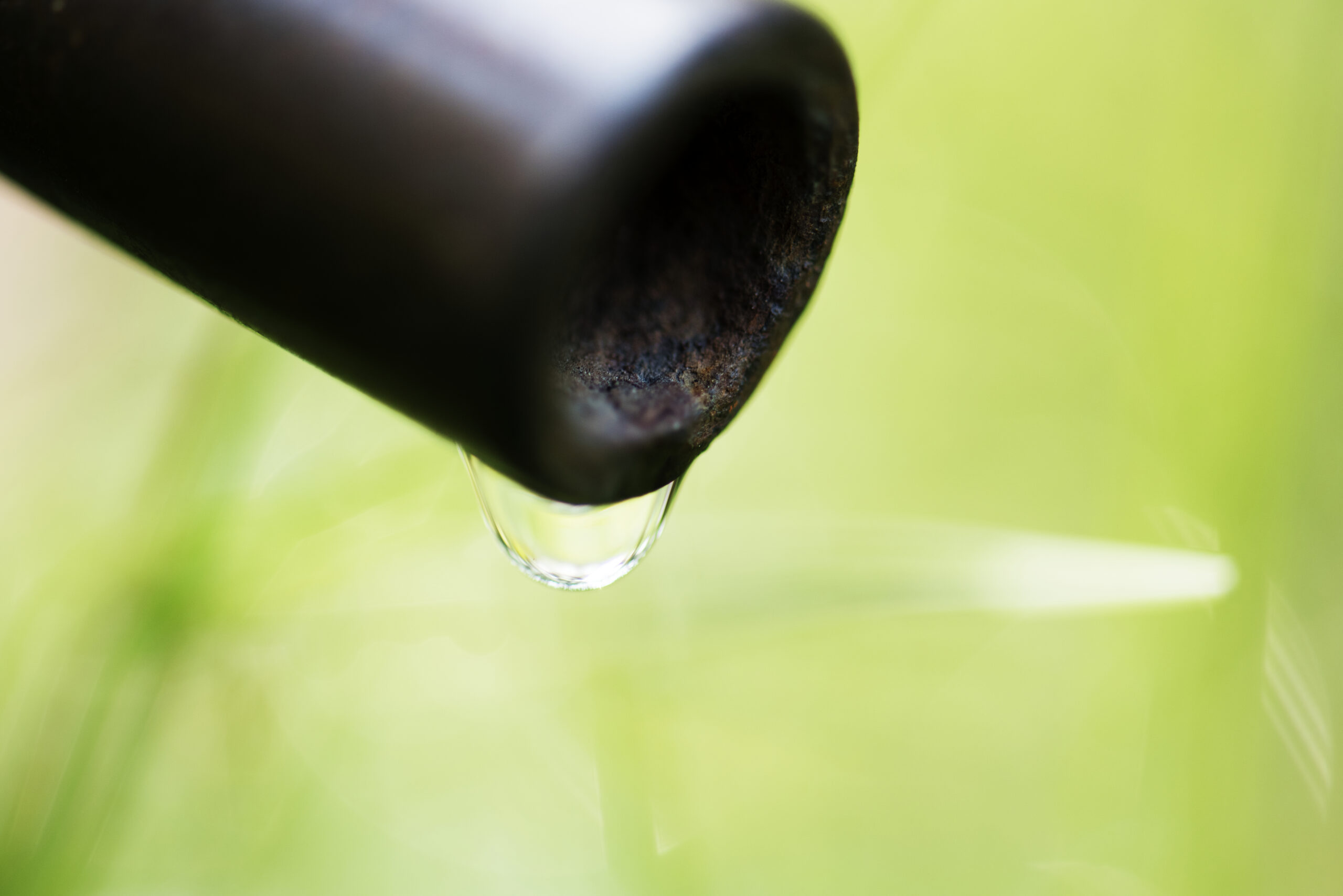
Measuring the service line is an important aspect of irrigation design and installation, as it allows for accurate monitoring and control of water flow. The service line refers to the pipe or tubing that connects the water source to the irrigation system. Here are some considerations related to measuring the service line:
-
Flow Meters: Flow meters are devices used to measure the volume of water flowing through the service line. They can be installed at different points along the line to monitor the water flow rate. Flow meters come in various types, such as turbine meters, electromagnetic meters, or ultrasonic meters. By measuring the flow rate, you can track water usage, assess system performance, and detect any abnormalities or leaks.
-
Pressure Gauges: In addition to flow meters, pressure gauges are used to measure the pressure within the service line. Pressure gauges provide information about the water pressure, which is crucial for ensuring optimal system performance and identifying any pressure-related issues. They can be installed at strategic points to monitor pressure variations and determine if adjustments or modifications are needed.
-
Water Meters: Water meters are devices that measure the quantity of water consumed over time. They are often used in irrigation systems connected to a municipal water supply to accurately measure water usage for billing purposes. Water meters are typically installed at the point where the service line connects to the main water supply.
-
Data Loggers and Controllers: Advanced irrigation systems may incorporate data loggers and controllers to measure and record flow rates and other parameters continuously. These devices can provide real-time data on water usage, system efficiency, and performance. They may also allow for remote monitoring and control of the irrigation system, enabling adjustments and optimization based on the measured data.

